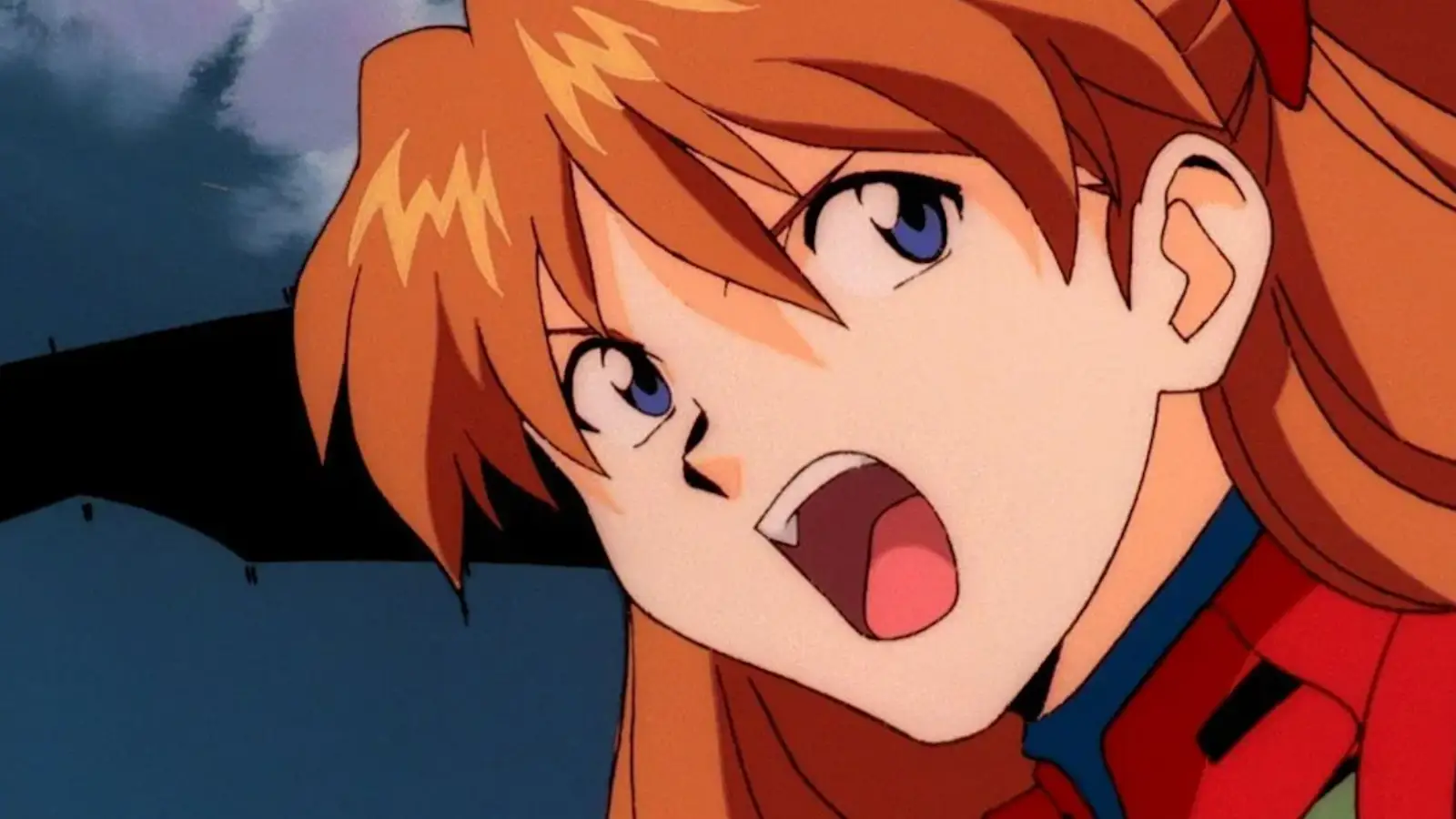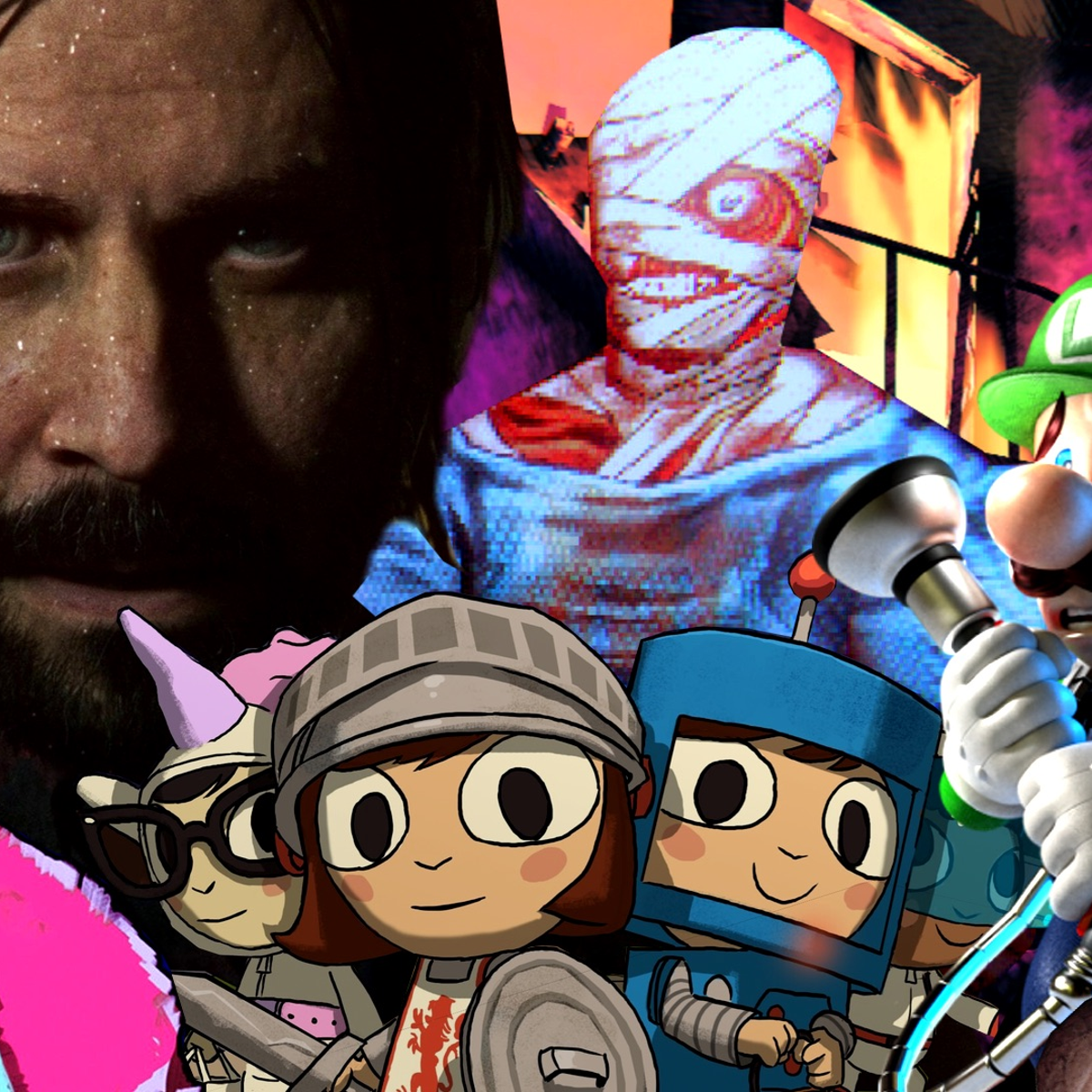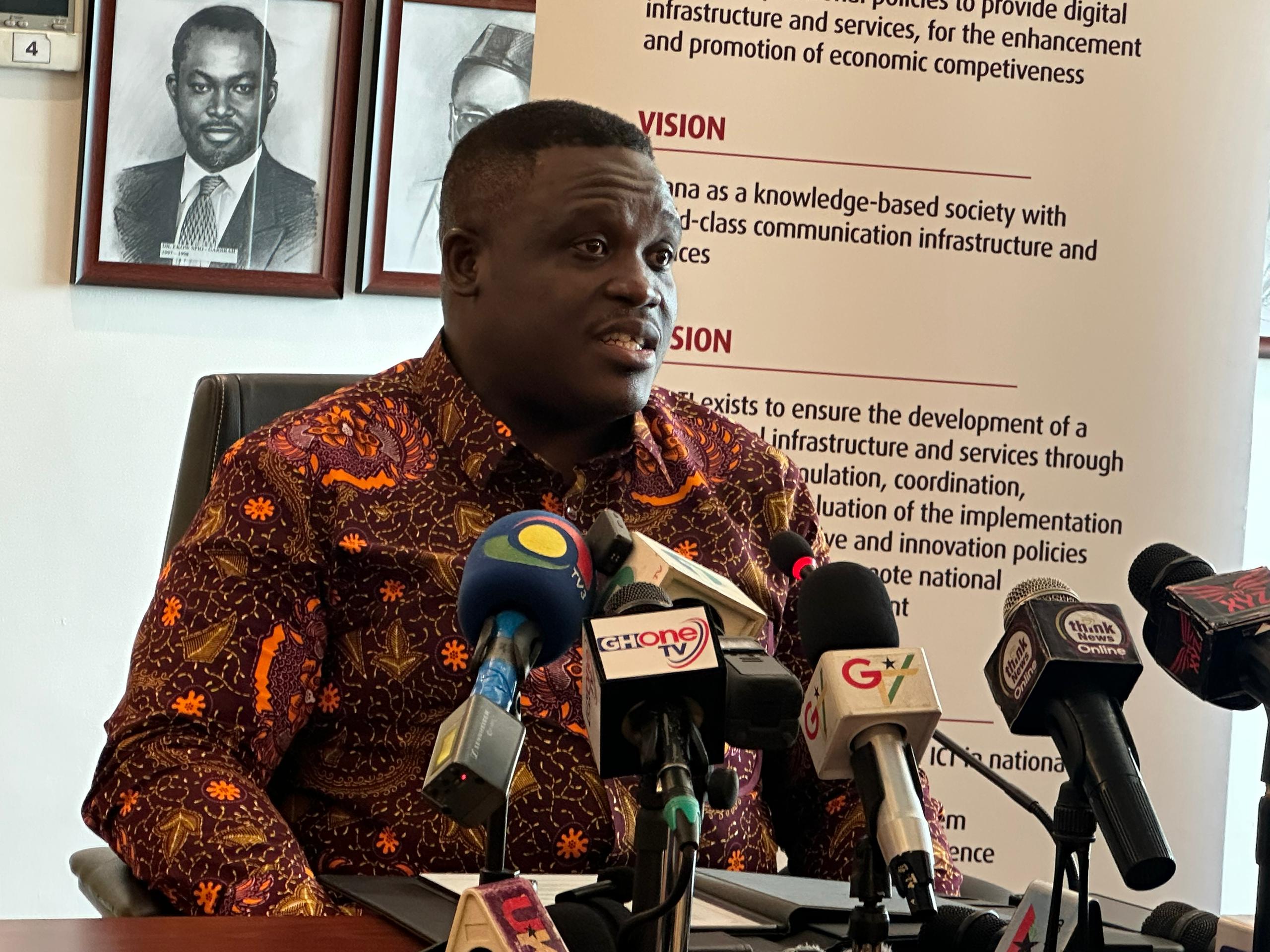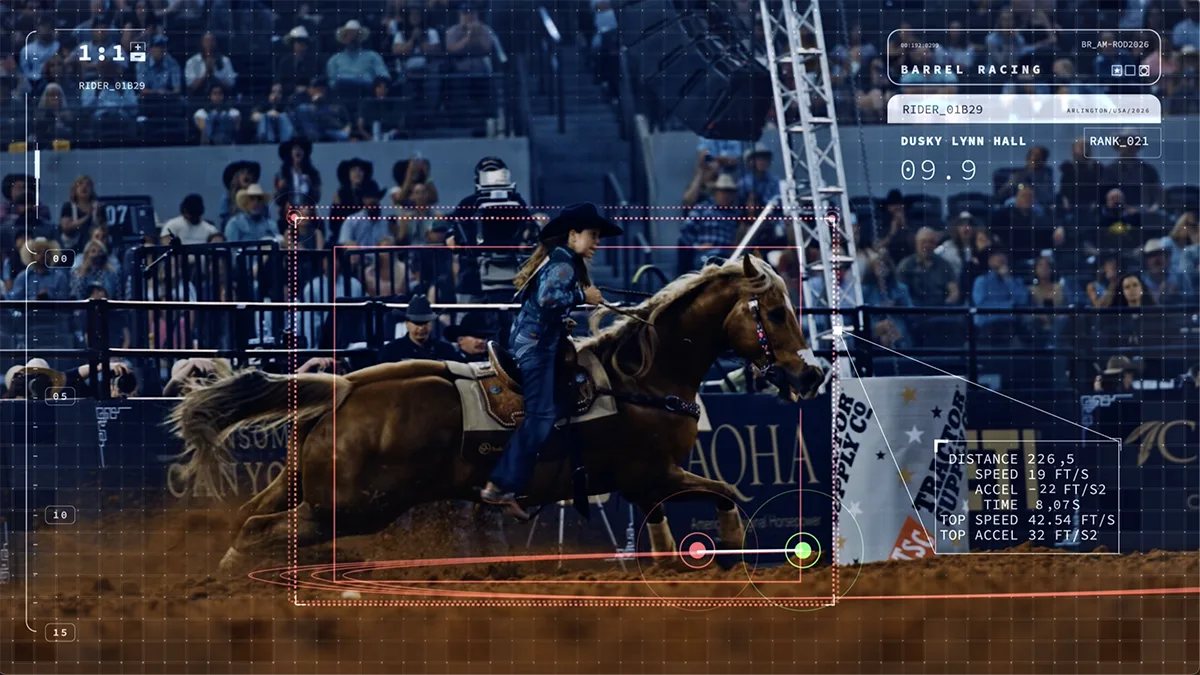Copyright Screen Rant

The manga and anime industries have entered a new era of conflict, and this time, the opponent is not piracy or declining print sales. It is artificial intelligence. After years of quietly observing AI’s rapid evolution, Japan’s largest publishing giants and creative organizations have taken a unified stand. They believe AI may empower creativity, but only if it respects the people who actually create. The tipping point came this autumn with OpenAI’s rollout of Sora 2, a generative AI tool capable of producing highly convincing anime-style videos. Almost overnight, fans spotted countless clips that echoed famous characters and scenes. To publishers, this wasn’t innovation, it was appropriation. And now, manga’s most powerful voices are saying “enough” in an official statement from Shueisha. A United Front the Anime Industry Has Never Seen Before Seventeen of Japan’s biggest publishing houses, including Kodansha, Kadokawa, and Shogakukan, banded together in a historic alliance. These companies almost never stand side-by-side publicly, but Sora 2 has created a shared threat that transcends competition. They argue AI is learning from and recreating beloved anime and other original characters without consent, compensation, or accountability. Joining the publishers are the Japan Cartoonists Association and the Association of Japanese Animations, representing the people whose art fuels the entire industry. This coalition insists that without proper safeguards, AI threatens the dignity and livelihood of creators who pour years into hand-crafted storytelling. They view this as not just a copyright issue, but a moral one. Creators have long dealt with knockoffs and plagiarism, but AI accelerates the risk at a frightening scale. A single user can now mass-produce uncanny imitations that blur the boundary between homage and theft. The companies warn that if this continues unchecked, the creative economy that built anime’s global success could collapse from within. Their message is clear, that they are prepared to fight. Legal action, government intervention, and stricter copyright protections are all on the table. In their words, this is a defense of the “very foundations of the content industry.” What the Alliance Is Demanding From OpenAI The joint letters to OpenAI aren’t a blanket rejection of technology. Publishers acknowledge AI’s potential to make creativity more accessible to newcomers. But they argue that progress shouldn’t come at the cost of artists losing ownership of their own work, or the clarity of where a creation came from. Their demands center on three principles: permission, transparency, and fair compensation. They believe AI companies must secure explicit approval before training on copyrighted content. They also insist users and rights holders deserve to know what data the software is learning from. Without that clarity, creators can’t protect themselves from exploitation. They are also pushing back against OpenAI’s current “opt-out” system. Instead of forcing publishers to defend their work reactively, the alliance wants an “opt-in” approach, where consent is the starting point and not an afterthought. They argue that anything less invites infringement to flourish unchecked. The Content Overseas Distribution Association has already filed a request for OpenAI to halt all unauthorized data scraping from member companies in an aggressive step signaling how serious this has become. The coalition isn’t waiting for good faith either. The Content Overseas Distribution Association has already filed a request for OpenAI to halt all unauthorized data scraping from member companies in an aggressive step signaling how serious this has become. Toei Animation and Shueisha, home of Dragon Ball and One Piece, are among the members applying additional pressure. What’s at stake isn’t just royalties. The alliance fears an AI-driven future where audiences can’t distinguish official work from automated mimicry. Without trust and clarity, the industry risks losing the cultural value its artists painstakingly built. Creators Welcome AI, But Only When It Respects Boundaries Even among the harsh warnings, there’s acknowledgment that AI could become a new tool for artists if implemented responsibly. The signatories emphasize they are not enemies of technology. They are defenders of ethical innovation. Their stance is that AI should expand opportunities for creators, not replace them or feed off their labor without consent. As one publisher stated: “A society that celebrates creativity must not be built by trampling the dignity of artists.” Behind every iconic anime and manga is a creator who spent years refining their craft. Many fear AI tools will make it easy for imitators to bypass that journey entirely. The alliance argues that protections and incentives must evolve, not erode. They want a future where original artists benefit from the technology that learns from their work. Imagine AI-assisted animation pipelines that speed up production with proper credits and profit sharing. Imagine aspiring creators who use AI legally to learn skills, not to hijack famous styles. This is the “balance of use and protection” the coalition keeps stressing. AI doesn’t have to be the enemy. But if innovation continues without ethical guardrails, the consequences could be destructive, especially for young artists who have yet to establish rights and recognition. Ultimately, Japan’s manga and anime leaders are demanding that tech companies take responsibility for the cultural worlds their systems impact. They argue that it’s time to build a digital economy where creativity and technology rise together. A Global Battle Against AI With Worldwide Implications Japan’s action isn’t happening in isolation. Hollywood writers and artists recently fought their own war over automation and won protections. European regulators are drafting laws requiring transparency in AI training. The manga alliance signals that Japan intends to take a leading role in defining how AI and entertainment coexist. Japan has a lot to protect from AI. Anime and manga drive global fandom, tourism, and billions in revenue. If AI freely clones icons like Totoro, Luffy, or Goku, the cultural and financial damage would be immense. The companies behind these legends refuse to let the next generation inherit a world where creativity is disposable. Fans, too, play a role in this fight. Many share delight in AI-generated tributes, but also discomfort when characters appear in unsettling or unauthorized contexts. Support for original creators remains strong, and this could become a pivotal moment where fandom collectively decides what kind of future it wants to champion. The War Against AI Has Just Begun, But Creativity Must Win With this unprecedented alliance, the manga industry has drawn a firm line that AI must evolve with creators, not over them. The publishers aren’t rejecting progress. They’re demanding a future that honors artistry, protects livelihoods, and preserves the identity of the stories fans adore. For now, the ball is in OpenAI’s court. Will it collaborate, compensate, and commit to transparency? Or will this escalate into courtrooms and legislation shaping the future of AI worldwide? One truth stands unchanged, and that is that anime and manga exist because humans care. They sketch late into the night, sweat deadlines, and devote themselves to worlds that spark joy around the globe. The alliance is fighting to ensure that the spirit and the heart of the medium remains protected as technology marches forward. The battle between innovation and integrity is here. And manga’s biggest names are making sure that, whatever happens next, creators won’t be left behind.



